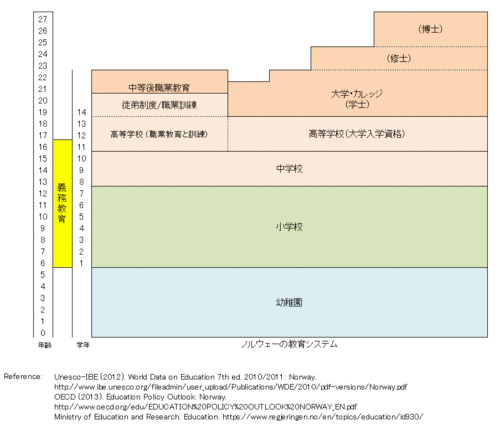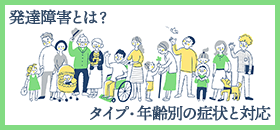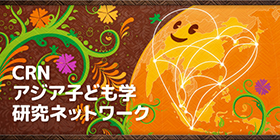| 世界の保育・幼児教育の状況を理解するために、各国の背景事情の把握は欠かせません。ここでは、その国の人口規模・教育投資などの基礎的な情報から教育制度に至るまでを、就学前の時期を中心にご紹介します。世界の保育・幼児教育に関心のある読者の皆さまの参考になれば幸いです。 |
1. 首都:オスロ
2. 人口:5 143 000 (2015)
3. 公用語:ノルウェー語(ブークモールおよびニーノシュク)
4. 通貨:ノルウェー・クローネ (NOK)
5. 教育および保育の制度
- 学制:幼稚園(0歳から5歳)、小学校(6歳から12歳)、中学校(13歳から15歳)、高校(16歳から18歳)、高等教育(19歳から)
- 管轄省庁:教育・研究省(2006年以降幼保一元化が完了し、教育・研究省が一括して就学前教育の施設を管轄。)
- 義務教育:6歳から16歳
- 3歳:95% (2012)
- 4歳:97% (2012)
- 5歳:97% (2012)
- 6歳:100% (2012)
- 就学前:0.5% (2011)
- 初等・中等・高等教育以外の中等後教育:5.3% (2011)
- 全教育段階:8.7% (2011)
- 初等教育:データなし
- 就学前:データなし
- 初等教育:10 (2012)
- PISA 2012: 数学-30、読解-22、科学-31
- TIMSS 2011(4年生): 数学-29、科学-33

※画像をクリックすると拡大表示されます。
-
Reference 参考資料
- 2. Population Division, United Nations. World Population Prospects: The 2012 Revision.
http://esa.un.org/unpd/wpp/unpp/panel_population.htm. - 5. Unesco-IBE (2012). World Data on Education 7th ed. 2010/2011: Norway.
http://www.ibe.unesco.org/fileadmin/user_upload/Publications/WDE/2010/pdf-versions/Norway.pdf - OECD (2013). Education Policy Outlook: Norway.
http://www.oecd.org/edu/EDUCATION%20POLICY%20OUTLOOK%20NORWAY_EN.pdf - Ministry of Education and Research. Education.
https://www.regjeringen.no/en/topics/education/id930/ - 6. OECD (2014). Education at a Glance 2014: OECD Indicators, OECD Publishing.
http://dx.doi.org/10.1787/eag-2014-en. Table C2.1 Enrolment rates in early childhood and primary education, by age (2005, 2012). http://dx.doi.org/10.1787/888933118333. - 7. OECD (2014). Education at a Glance 2014: OECD Indicators, OECD Publishing.
http://dx.doi.org/10.1787/eag-2014-en. Table B4.1. Total public expenditure on education (2011). http://dx.doi.org/10.1787/888933117573. - 8. OECD (2014). Education at a Glance 2014: OECD Indicators, OECD Publishing.
http://dx.doi.org/10.1787/eag-2014-en. Table D2.1. Average class size, by type of institution and level of education (2012). http://dx.doi.org/10.1787/888933119682. - 9. OECD (2014). Education at a Glance 2014: OECD Indicators, OECD Publishing.
http://dx.doi.org/10.1787/eag-2014-en. Table D2.2. Ratio of students to teaching staff in educational institutions (2012). http://dx.doi.org/10.1787/888933119682. - 10. OECD (2013). PISA 2012 RESULTS IN FOCUS. Snapshot of performance in mathematics, reading and science. http://www.oecd.org/pisa/keyfindings/pisa-2012-results-snapshot-volume-I-ENG.pdf.
- Martin, M.O., Mullis, I.V.S., Foy, P., & Arora, A. (2012).The TIMSS 2011 International Results in Mathematics. Chestnut Hill, MA: TIMSS & PIRLS International Study Center, Boston College. http://timssandpirls.bc.edu/timss2011/downloads/T11_IR_M_Chapter1.pdf, p.40.
- Martin, M.O., Mullis, I.V.S., Foy, P., & Stanco, G.M. (2012). The TIMSS 2011 International Results in Science. Chestnut Hill, MA: TIMSS & PIRLS International Study Center, Boston College. http://timss.bc.edu/timss2011/downloads/T11_IR_S_Chapter1.pdf, p.38.














